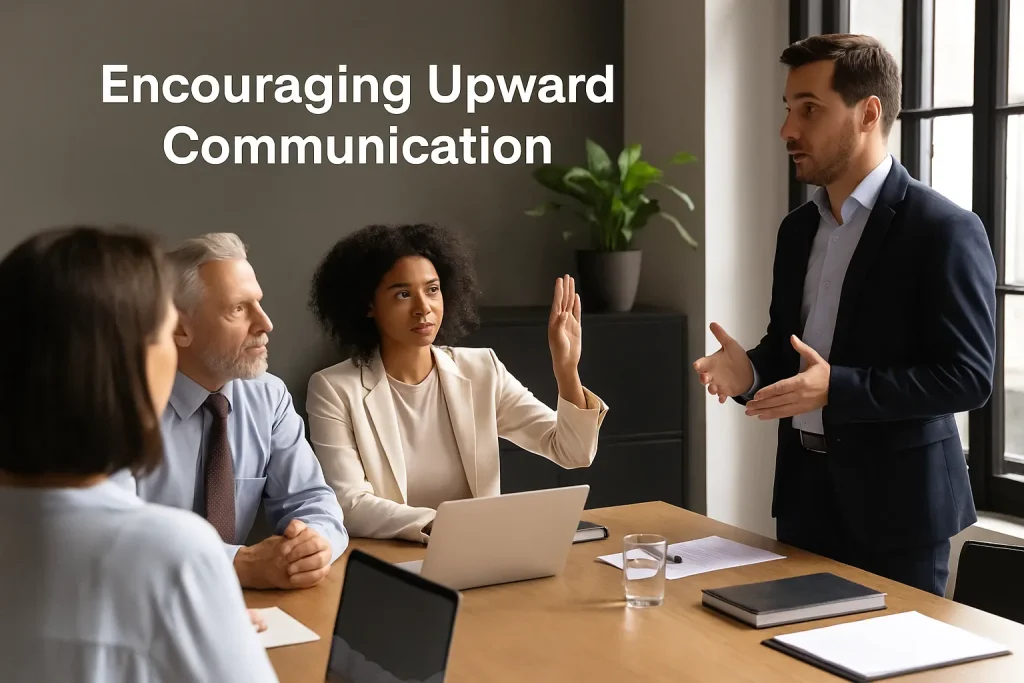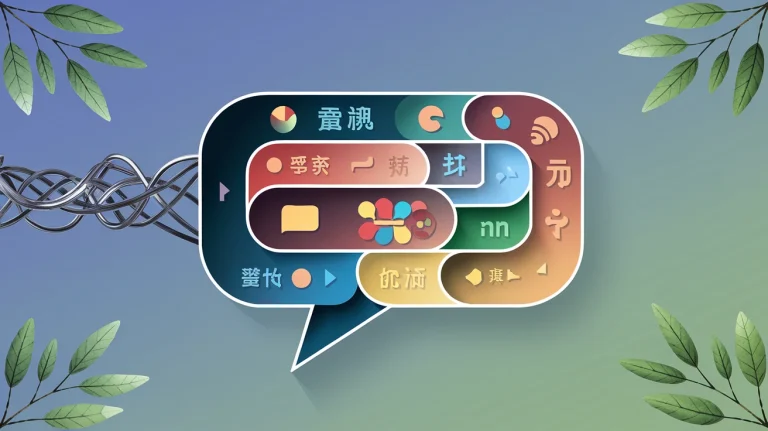Filtering Barriers to Communication
Filtering barriers in communication can quietly affect how information is shared and received. When people hold back details or soften parts of a message, the original meaning can get lost. This often happens in workplaces, meetings, or even casual conversations.
The problem is, when messages are filtered too much, trust fades, confusion builds, and decisions suffer. But once you understand how and why filtering happens, it becomes easier to keep communication clear, open, and accurate.
Contents
- 1 What Is Filtering in Communication?
- 2 Why Filtering Creates Communication Problems
- 3 What Causes Filtering in Communication?
- 4 Examples of Filtering in Everyday Communication
- 5 Can Filtering Ever Be Useful?
- 6 How to Prevent Filtering from Becoming a Barrier
- 7 Filtering vs. Semantic Barriers
- 8 Final Thoughts
- 9 FAQs
What Is Filtering in Communication?
Filtering is when someone adjusts, withholds, or selectively shares parts of a message during communication. It can happen at any level—from a team chat to a company-wide report. The goal might be to protect someone’s feelings, appear more competent, or simply save time. But the result is usually the same: the message becomes incomplete or skewed.
Real-Life Example
A manager updates leadership about project status but only mentions the positives. The missing details about budget overruns or missed deadlines distort the overall picture. The decision-makers now operate with false confidence.
Even well-meaning filtering has consequences. When people only hear part of the truth, they’re more likely to make choices that backfire.
Why Filtering Creates Communication Problems
Filtering creates distance between what someone meant to say and what was actually heard. The more information gets altered, the harder it is for the listener to grasp the true meaning.
Here are some problems that often follow:
- Misunderstandings: Key facts are left out, and people end up working from different assumptions.
- Loss of trust: When someone realizes they weren’t told the full story, it’s hard to rebuild confidence.
- Slower decision-making: Incomplete or skewed information leads to delays and errors.
- Team disconnect: When people aren’t on the same page, collaboration becomes frustrating.
What Causes Filtering in Communication?

Filtering isn’t always done on purpose. Often, people filter messages without realizing it. Here are some of the most common causes:
Emotional Reactions
People may downplay details if they think the truth might upset someone. For instance, avoiding criticism to protect a colleague’s feelings.
Power Dynamics
An employee might leave out negative feedback when speaking to a superior to avoid conflict or consequences.
Personal Biases
People sometimes highlight information that confirms their views and ignore the rest.
Cultural Norms
In some cultures, indirect communication is preferred, leading to subtle forms of filtering.
Past Experience
Someone who was punished for being honest in the past might start filtering to avoid repeat backlash.
Examples of Filtering in Everyday Communication

Filtering shows up more often than people think. Here are a few familiar scenarios:
Email Overload
An employee receives 50+ emails a day and ignores messages that seem unimportant. Unfortunately, one of those ignored emails contains a crucial deadline.
Performance Reviews
A team member remembers only the negative feedback from a review, ignoring the praise. Their self-esteem drops, even though the feedback was balanced.
Team Meetings
A project lead skips over issues during a client call to keep the meeting positive. Problems go unaddressed and resurface later.
Social Media
People curate their feeds to reflect only certain opinions. Over time, this reinforces existing beliefs and limits exposure to new ideas.
Can Filtering Ever Be Useful?
In fast-paced environments, some level of filtering is helpful. It allows people to focus on the most important information. For example, summarizing complex reports or using spam filters to reduce inbox noise.
Helpful Types of Filters:
- Content Filtering: Automatically sorting emails by topic or sender.
- Noise Reduction: Using technology to reduce distractions during virtual calls.
- Information Prioritization: Highlighting key points in presentations for clarity.
The difference lies in intent. Filtering that improves clarity without hiding facts is helpful. Filtering that conceals or distorts truth becomes a barrier.
How to Prevent Filtering from Becoming a Barrier
You can’t remove all filtering, but you can reduce its negative effects. Here are a few ways to keep communication clear and honest:
Create Safe Spaces
People are more likely to share openly when they don’t fear judgment or punishment. Build a culture where feedback and mistakes are handled constructively.
Encourage Upward Communication

Make it easy for junior team members to speak freely. When information flows in all directions, gaps shrink.
Avoid Jargon
Clear, simple language helps messages travel with fewer distortions. Skip the buzzwords.
Confirm Understanding
Use feedback loops like repeating or paraphrasing to check that the message was received as intended.
Be Transparent
Where possible, share complete information. Hiding bad news might feel easier, but it usually makes problems worse.
Train for Awareness
Workshops on emotional intelligence, active listening, and communication patterns help people recognize and reduce unhelpful filters.
Filtering vs. Semantic Barriers
While both interfere with clear communication, they’re different challenges.
| Feature | Filtering Barriers | Semantic Barriers |
|---|---|---|
| Root Issue | Withholding or altering information | Misunderstood words or phrasing |
| Common Cause | Emotions, power gaps, bias | Language differences or jargon |
| Impact | Partial or misleading message | Confused or incorrect interpretation |
| Solution | Promote open dialogue | Clarify word meanings and use simple language |
Final Thoughts
Filtering barriers in communication happen quietly but carry lasting effects. A few missing facts or softened truths can throw off entire teams, delay projects, and weaken trust. Still, not all filtering is bad. It becomes a problem when it hides what matters most.
With open communication, clearer language, and a culture that encourages honesty, teams can reduce harmful filtering and improve understanding. And that creates stronger collaboration, better results, and fewer missteps in the long run.


